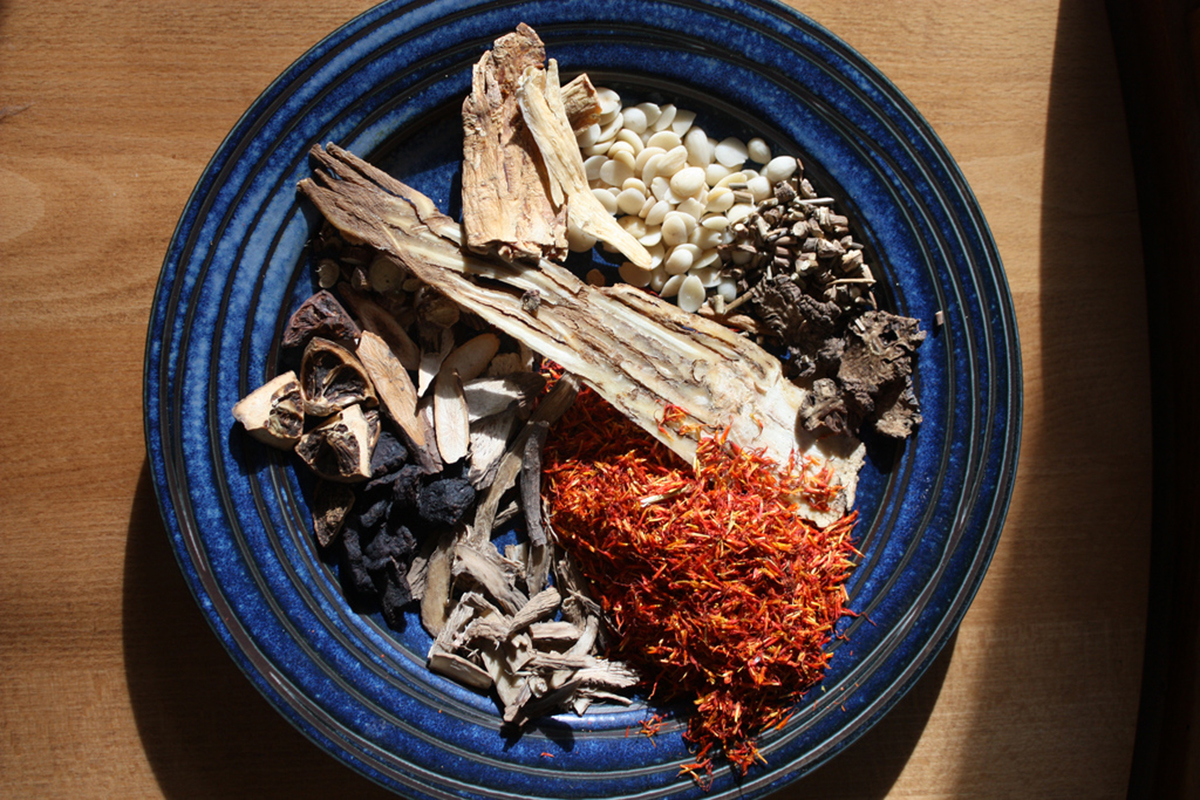Table of Contents
A twenty-first century approach is to concentrate healing compounds with liquid carbon dioxide. At high pressure but room temperature, carbon dioxide turns into a liquid. The liquid can be used to soak an herb and remove its chemical constituents. The liquid carbon dioxide is pumped into another chamber, the pressure is released, and voilà, the healing chemicals are left behind. There is no need to use toxic chemicals, the CO2 itself is completely natural, and essential oils are not lost by heating the herb.

There is an argument in the herbal medicine over the relative uses of whole-herb preparations and herbal extracts. The proponents of whole herb preparations argue that plants contain thousands and thousands of natural chemicals in tiny amounts, and all of them working together are what assist healing processes. The proponents of herbal extracts argue that plants, after all, are living things. Just like there are short people and tall people and thin people and stocky people, there are plants that have different levels of the compounds associated with healing. Extraction ensures that the needed amounts of essential healing chemicals are provided in every dose of the herb.
Supercritical carbon dioxide extraction accommodates both the whole herb and the herb extract concerns, because it’s always possible to add back the plant matter from which the important chemicals were extracted. However, the technique is still only slowly catching on.
The Attorney General (AG) of New York would have none of this. Rather than simply admit that his office got the science wrong and made a mistake in interpreting the lab results their consultants sent them, the AG announced that herb extracts are “so highly processed that they remove DNA.” Actually, some DNA manages to go through the extraction process, but the AG argues that highly refined, standardized extracts deprive consumers of the ingredients that heal them. But it isn’t the DNA in an herb that does the healing. Our digestive tracts break down DNA in the food we eat, and in the herbs we take. Their DNA only reaches our bloodstreams by a phenomenon called leaky guy syndrome, which the American politician seems to favor.
READ Alternative Cancer Treatment: Scientific Exploration of Herbs
The AG further opines that consumers are too stupid to know the difference between a whole herb and an extract, because he himself was uninformed. Extracts must be banned because they are not identified. But they are. The label on an herb extract clearly says “extract,” the same way labels in the spice and flavorings aisle at the supermarket read “extract” on lemon extract and vanilla extract. Consumers don’t expect to find whole vanilla beans in vanilla extract. They don’t expect to find whole almonds (unshelled, maybe?) in almond extract. But the attorney general believes that consumers expect to find whole herbs in herb extracts. After all, sometimes there’s a picture of the herb.
If you live in New York or you shop in New York, you can still get the product you want, whether it’s whole herb or an extract. You may just have to buy it in a nearby state or get it online. As for the Attorney General, as Steve Mister points out, to err is human, to forgive divine. Forgive the inconvenience and use herbs the way you already know is best; shop locally whenever you can.
- Parveen I, Gafner S, Techen N, Murch SJ, Khan IA. DNA Barcoding for the Identification of Botanicals in Herbal Medicine and Dietary Supplements: Strengths and Limitations. Planta Med. 2016 Jul 8. [Epub ahead of print] PMID: 27392246.
- Photo courtesy of katemonkey: www.flickr.com/photos/katemonkey/4603835368/
- Photo courtesy of pathwithpaws: www.flickr.com/photos/pathwithpaws/5638185450/
- Photo courtesy of katemonkey: www.flickr.com/photos/katemonkey/4603835368/


Your thoughts on this